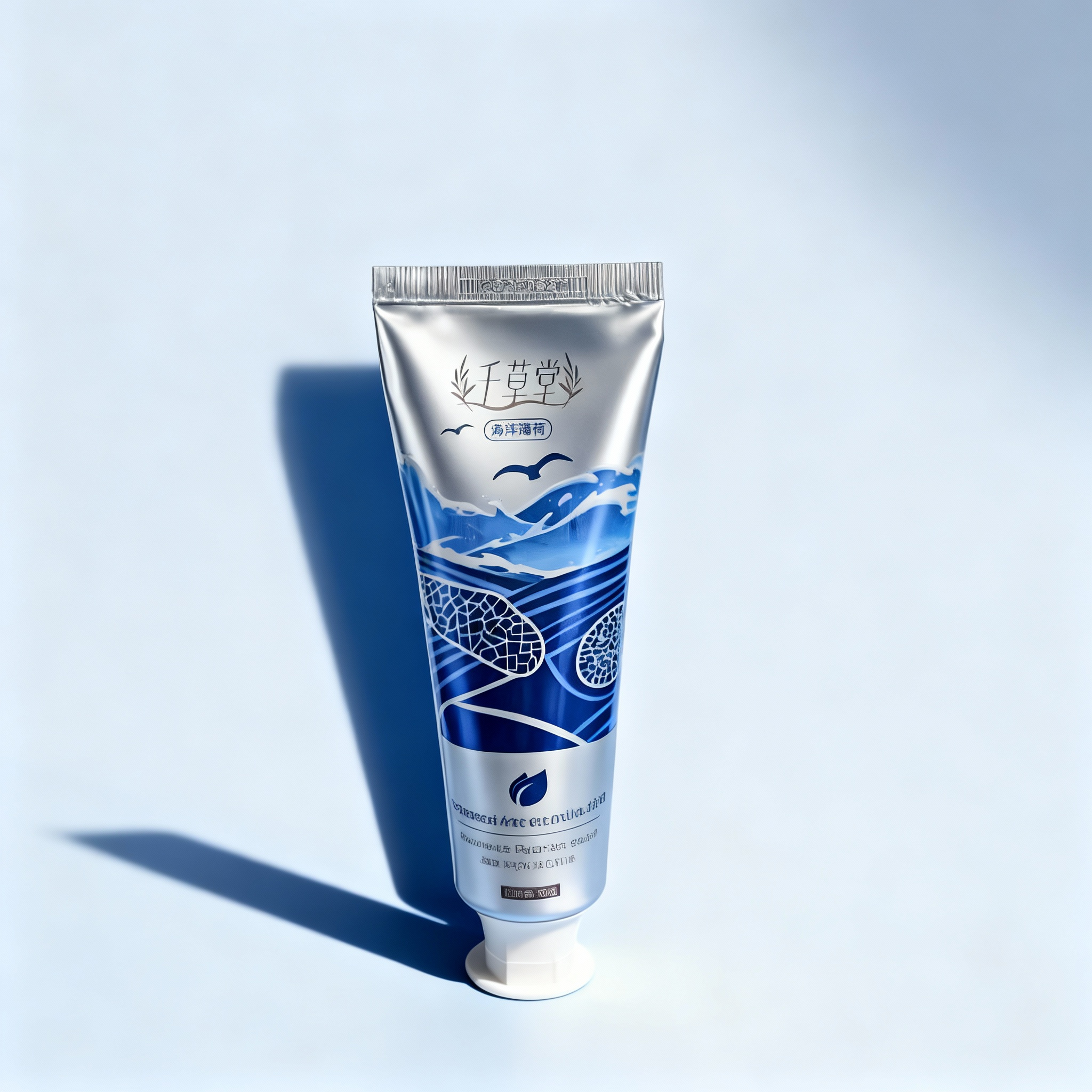
Charcoal in Water Treatment: How Activated Charcoal Improves Water Purification Efficiency
The Role of Charcoal in Modern Purification Systems
Charcoal has long been used as a natural way to clean and refresh water. In today’s treatment setups, activated charcoal—more often called activated carbon—still plays a core part. It removes impurities, adjusts taste, and helps to keep the water secure for use. In both home and factory systems, it stays as one of the most workable and eco‑fit materials for this purpose.

How Charcoal Functions in a Purification Cycle
Charcoal works mainly through adsorption: contaminants stick on the surface of the activated carbon when water goes through its bed. This is not same as mechanical filters that only block visible particles; here the carbon attracts organic molecules, chlorine smell, and other volatile stuff that change taste or color. The process leads to cleaner and fresher water output for most daily or industrial use.
Porous Structure and Adsorption Power
Activated charcoal holds a very large inner surface—each small gram has thousands of pores open for contact. These pores catch pesticides, chlorine, or organic impurities at micro levels. Because of this high surface activity, even big water volumes can be handled without losing accuracy. In many plants, such systems are relied on for steady performance and still stay more cost‑effective in comparison to other heavy equipment.
Applications in Different Water Treatment Systems
Activated charcoal is applied in many sizes of purification setups. Granular activated carbon (GAC) appears mostly in long‑term filters, while powdered form (PAC) is used in compact or mobile devices. In household filters, it usually clears the smell of chlorine and improves the taste of drinking water. In industrial fields—food, beverage, pharmacy—it secures the quality to certain global standards, making the process cleaner and controllable.
Sustainability and Environmental Side
A strong reason for the popularity of charcoal in water treatment is that it comes from renewable sources: coconut shells, some wood, or coal bases. After use, the filter can be regenerated or re‑activated to extend its life. This cycle reduces waste and stays in accordance to green practice. At Matexyg, we develop activated charcoal materials that support efficient filtration while keeping environmental cost low.
Maintenance and Correct Use of Charcoal Filters
Charcoal filters require proper use and periodic change. The tiny pores fill up over time, and once they reach saturation, the adsorption power drops. In maintenance, users replace or reactivate the carbon to restore performance. Selecting the right type based on the actual water condition—chlorine level, odor or possible heavy metals—is also important. With correct care, the filter system can keep its purification stable for long term.
Comparison with Other Filtration Methods
Against reverse osmosis, ion exchange, or UV light processes, charcoal filtration works by a more natural and low‑energy principle. It does not remove dissolved minerals or bacteria independently, but when combined with other steps, it enhances the whole purification chain. Because it is affordable and sustainable, many engineers still design it as a main layer inside multiple‑stage water systems.
Toward a Sustainable Future
Clean water shortage is a global issue, and activated charcoal stands as a link between natural material and modern filtering science. It keeps the balance: environment‑safe source and reliable performance. For more professional‑grade carbon materials or water purification solutions, visit https://www.matexyg.com/—that is where Matexyg shares its ongoing work for a cleaner future.



